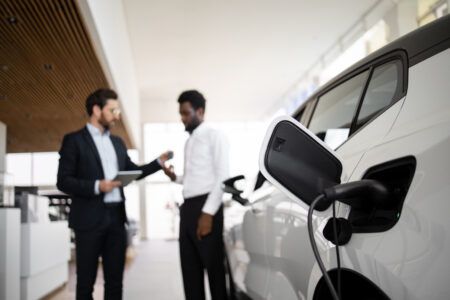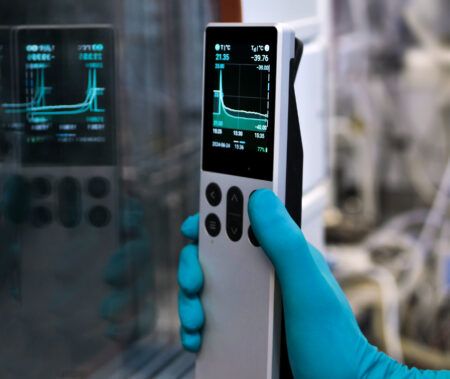Steve Hughes, managing director of electric vehicle power quality specialist REO UK, explains how component selection is vital to continuing advancement in electric vehicle technology
Despite being invented around the same time as the production automobile, electric vehicles have only become commercially viable in the last decade. So, while internal combustion technology has undergone a century-and-a-half of design refinement, engineers now face several design challenges while developing the next generation of EVs.
Soon, all cars will need to be capable of zero-emission driving. Battery electric and hybrid cars are leading the way to more efficient and sustainable driving, but automotive manufacturers are under significant pressure to design components as robust as those designed for internal combustion vehicles.
Internal combustion engines as we’ve known them for the past 100 years have been chosen over alternatives such as the steam engine because they’re relatively well-suited to powering automobiles. Now that the environmental cost is clear, however, the UK government has announced plans to stop sales of pure ICE vehicles from 2030, with the Road to Zero Strategy.
While sales of electric vehicles are rising, manufacturers are profiting and governments are considering the burgeoning EV market, there are still various challenges that could hamper innovation and development in the market.
According to Toyota, the average car is made up of 30,000 components. In EVs, the number of components is a great deal less, especially when considering the number of moving parts.
To explain more clearly, for an ICE vehicle there is typically the crankshaft, fuel pumps and fuel injectors. In addition to this, there will be two valves per cylinder, or at least four valves per cylinder in the latest, more economic engine designs. Outside of the engine, there are even more moving parts including a multiple-speed manual or an automatic transmission.
In comparison, EVs have been created to have the simplest architecture possible. Take the Nissan Leaf for example, which has been manufactured with no clutch or torque converter, but features a simple reduction gearbox, with a single gear ratio and the motor itself has just one moving part.
While the number of components may differ, the design principles for these components are virtually identical. For example, each of these parts must be able to withstand repeated bouts of acceleration and braking, as well as low- and high-speed driving over smooth and rough areas. The same parts must be able to perform in a variety of extreme environmental conditions, from hot and humid to cold and wet.
At REO UK, we’ve identified one of the (key factors that can contribute to EV components’ poor power quality, such as issues like electromagnetic interference (EMI). While electrical and electronic components provide a much more efficient transfer of energy, having so many parts operating in close proximity makes the vehicle susceptible to electrical noise.
EMI, if unaddressed, can result in overheating, efficiency losses and even interference with the vehicle’s data communication systems. When looking to integrate features that can mitigate issues like EMI, design engineers are also faced with the problem of having limited space for fitting more electrical components into a vehicle that already has high component density.
Automotive manufacturers, as we explain in our latest electric vehicle power whitepaper, should look to integrate inductive and resistive components to suppress EMI. EVs, much like petrol ICE vehicles, feature an inverter and a DC-DC converter, using high-frequency switching, to manage power conversion. By using high-frequency components like REO’s transformers, filters and choppers, engineers can protect any sensitive semiconductor power electronics in the vehicle.
For example, our chokes have been designed to eliminate electrical noise in the inverter and can effectively store and discharge magnetic energy from the core. This is regardless of whether its core is made from a ferrite, amorphous or nanocrystalline material.
According to the Department of Energy, petrol or diesel cars can only convert between 14% and 26% of the battery’s energy. EVs, however, can convert up to 80% of the battery’s energy. This is because vehicles traditionally use friction to convert mechanical braking energy into heat and wear on the brake pads. In an EV, braking choppers are responsible for converting any energy created as a result of high speed changes.
Components such as inverters are also at risk of overheating. As we’ve discussed, design engineers are already limited on space and so traditional air-cooling methods, which involve using a fan to dispel any heat generated, are not viable. Instead manufacturers must integrate liquid-cooling systems to manage the thermal properties of the electrical components while enabling them to meet the space constraints in the vehicle.
As EVs become increasingly mainstream, it’s important that design engineers and automotive companies keep pace with consumer demand – and not at the cost of reducing efficiency by using poor quality or the wrong components. Instead, automotive manufacturers should look to assemble their future models with the latest components that address prominent issues for EVs, such as poor power quality.





